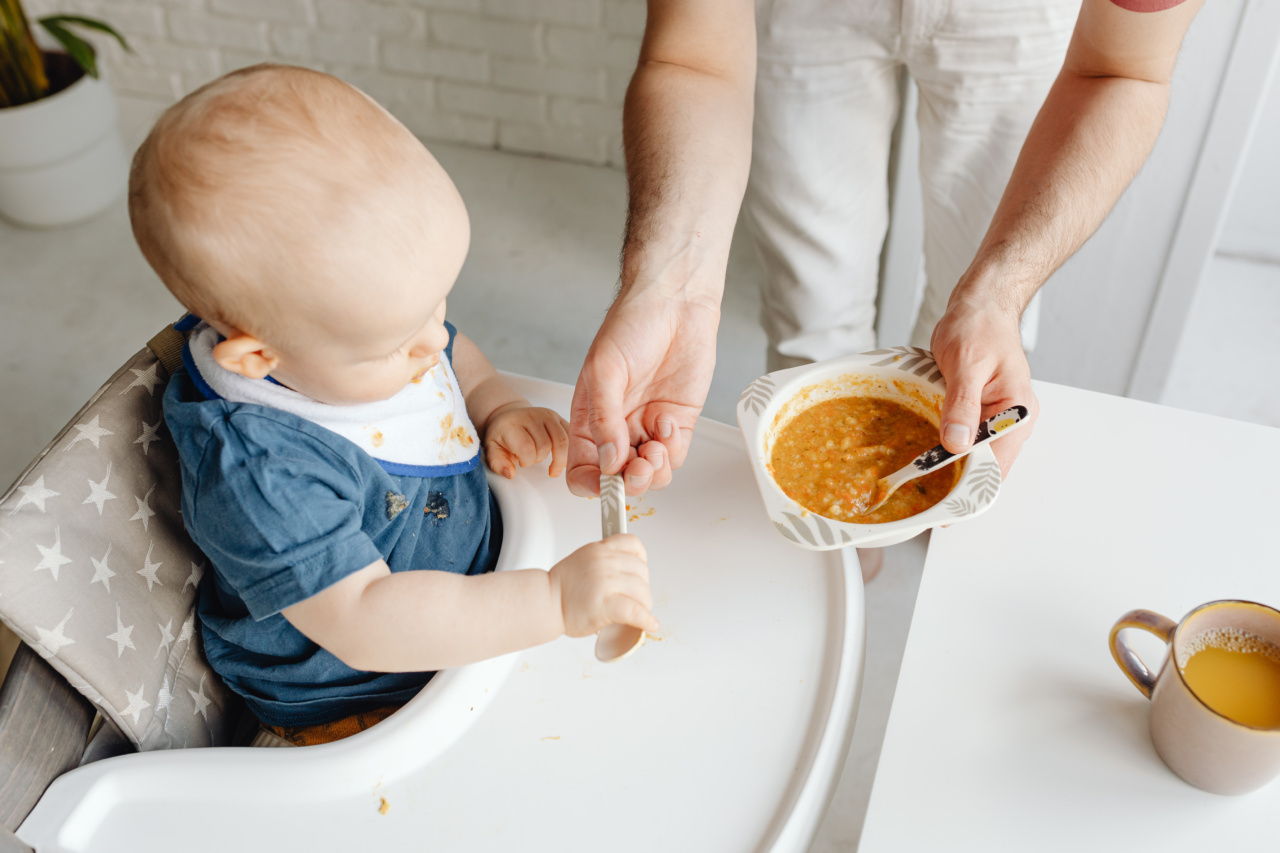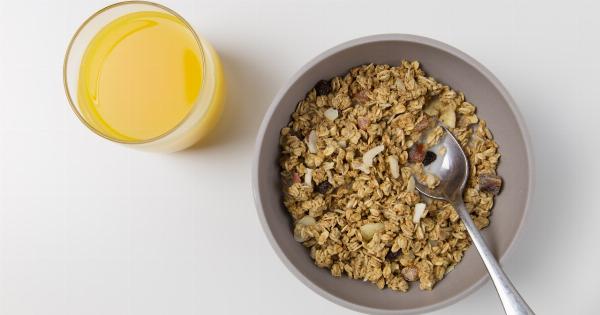Introducing solid foods is an exciting milestone in your baby’s development. It signifies that they are growing and ready to explore new tastes and textures beyond breast milk or formula.
However, deciding when to start feeding your baby solid foods requires careful consideration. It is crucial to ensure that your little one is physically and developmentally ready for this new stage.
This article will discuss the signs that indicate when you should introduce solid foods to your baby and provide helpful tips for a smooth transition.
1. Age: The primary factor to consider
The American Academy of Pediatrics recommends exclusive breastfeeding for the first six months of a baby’s life. Breast milk or formula provides all the necessary nutrients for optimum growth and development during this period.
Starting solid foods too early can increase the risk of allergies, gastrointestinal issues, and other complications. Therefore, it is generally advisable to wait until your baby is around six months old before introducing solids.
2. Signs of readiness
While age is an important guideline, it’s equally essential to look for signs of readiness in your baby. The following indicators can help determine if your little one is prepared for solid foods:.
3. Good head and neck control
Before introducing solid foods, your baby should be able to hold their head up steadily and sit well when supported in an upright position. These physical milestones are essential to ensure safe eating and swallowing.
4. Interest in food
Observing your baby’s reactions during mealtimes can provide clues about their readiness for solid foods.
If they show interest in what you’re eating, try to grab food from your plate, or exhibit excitement when watching others eat, these are positive signs that they may be ready to explore new tastes.
5. Chewing motions
While infants typically have a tongue-thrust reflex to prevent choking, they may start developing more controlled chewing movements as they mature.
If you notice your baby making chewing motions or trying to chew on toys and other objects, it could indicate that they are ready to transition to solid foods.
6. Increased appetite and decreased satisfaction with milk
If your baby seems unsatisfied even after increasing the frequency of feedings or is still hungry shortly after a feeding, it might be a sign that they are ready for more than just breast milk or formula.
This increased appetite may suggest that they need the extra nutrients found in solid foods to support their growth.
7. The ability to swallow
Before introducing solids, your baby should have the ability to swallow successfully. Note that the tongue-thrust reflex, which prevents choking, tends to diminish by around six months.
However, it is always prudent to consult your pediatrician to ensure your baby has reached this developmental milestone.
8. Consult with your healthcare provider
While the above signs can serve as a general guide, it’s crucial to consult with your baby’s healthcare provider before introducing solid foods.
They can offer personalized advice based on your child’s specific development and overall health.
9. Starting with simple and nutritious foods
When you and your healthcare provider decide it’s time to introduce solid foods, it’s important to start with simple, single-ingredient purees.
Common first foods include mashed bananas, soft cooked sweet potatoes, or finely pureed cooked carrots. These foods are easy to digest and less likely to cause allergies or digestive issues.
10. Gradual introduction and observation
As you start incorporating solid foods into your baby’s diet, it’s recommended to introduce one new food at a time and wait a few days before introducing another. This approach allows you to identify any food allergies or sensitivities.
If you notice any adverse reactions like rashes, vomiting, or diarrhea, consult your healthcare provider immediately.
Conclusion
Knowing when to start introducing solid foods is crucial for your baby’s health and development.
While age is a vital factor, it’s also important to look out for signs of readiness such as good head control, interest in food, and chewing motions. Always consult your healthcare provider before making dietary changes for your baby. Remember to start with simple and nutritious foods, gradually introducing new flavors while closely observing for any allergic reactions.
With the right timing and approach, introducing solid foods can be an enjoyable and beneficial experience for both you and your baby.




























